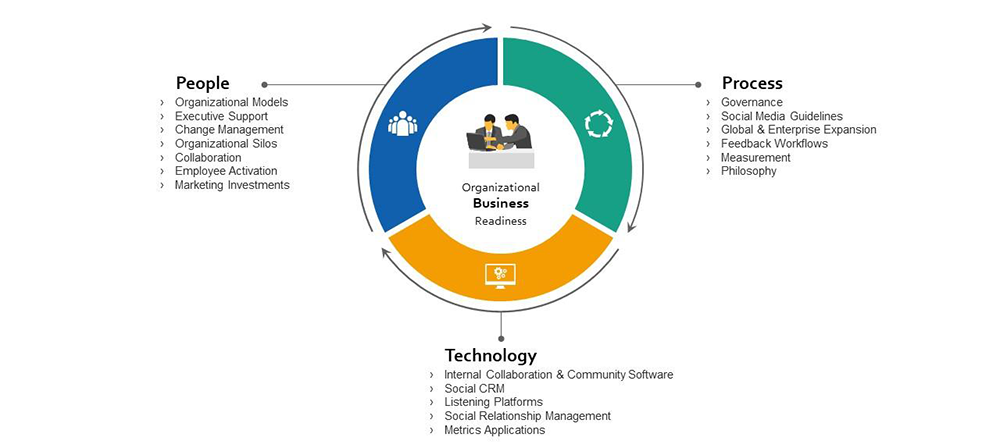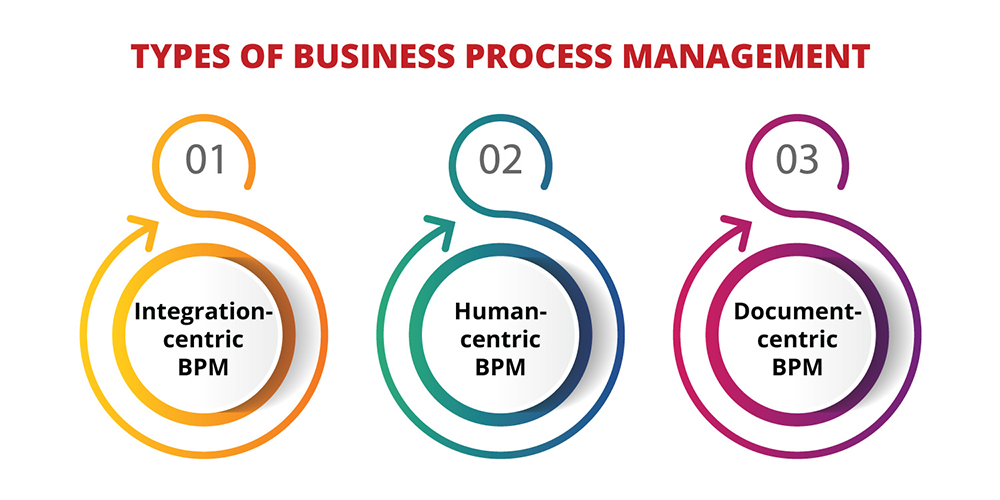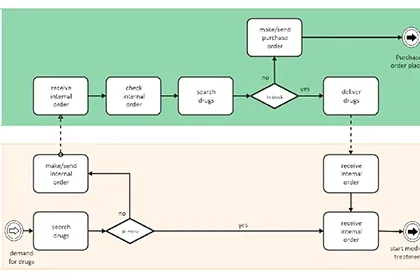Today's organizations must move towards Business Process Management (BPM) to compete in dynamic and challenging markets. However, the successful implementation of BPM is not limited to technology and software tools; it requires cultural, structural, and human readiness. In this path, BPM Change Management plays a vital role in the success of projects and the adoption of technology.
The goal of this article is to examine the concept of Change Management in process-oriented organizations, key challenges, actionable steps, and solutions to increase User Adoption in digital transformation projects.
What is BPM Change Management?
Change management in BPM is a set of methods, approaches, and tools used to guide individuals, teams, and organizations through the change process from the current state to the desired state. Its primary goal is to reduce resistance to change, facilitate technology adoption, and ensure the sustainability of project results.
When an organization implements a business process management system (BPM), the structure of tasks, the way employees collaborate, and decision-making processes undergo fundamental changes. Without effective change management, even the best BPM projects will face failure.
- Identifying the effects of change on organizational units
- Preparing employees for process changes
- Effective communication between management and users
- Continuous monitoring of employee acceptance and participation levels

The Importance of Change Management in BPM Projects
Implementing BPM means redesigning processes, clarifying performance, and changing how individuals collaborate. If change management is overlooked, employees will experience anxiety, resistance, or distrust towards the new system. As a result, the failure rate of BPM projects significantly increases.
- Ensuring active employee participation in the implementation of new processes
- Facilitating the adoption of new technologies by users
- Reducing the risk of failure in digital transformation projects
- Increasing employee productivity and motivation after changes
Research indicates that more than 70% of digital transformation projects do not achieve desired outcomes without effective change management.
Key Components of Change Management in BPM
To succeed in implementing BPM, change management must focus on three key dimensions:
1. Human Dimension
Changes in processes often lead to changes in roles and responsibilities of individuals. Therefore, employees must be accompanied through training, motivation, and involvement.
2. Organizational Dimension
BPM changes may transform management structures and responsibilities. Creating a process governance structure is essential to ensure the sustainability of changes.
3. Technological Dimension
Technology is the driving engine of BPM. However, BPMS tools will only be effective when employees feel comfortable with them and understand their true value.

Steps for Implementing BPM Change Management
- Analyzing the current situation: Identifying the impacts of change on each organizational unit
- Planning communications: Clearly communicating the benefits and goals of the project
- Training users: Providing hands-on training for employees using BPMS
- Managing resistance: Identifying concerns and responding effectively to them
- Monitoring and evaluation: Measuring acceptance levels and adjusting the path if necessary
In fact, successful change management occurs when individuals not only accept change but also perceive it as an opportunity for growth.
The Role of Leadership in Successful Change Management
No project can succeed without the support of senior management. Leaders must be role models for change acceptance and facilitate the transformation path with transparency, trust-building, and active involvement.
«Employees imitate the behavior of managers, not their orders.» — Michael Hammer
Challenges of Change Management in BPM
- Employee resistance to new technologies
- Weakness in organizational communication
- Discrepancy between process and individual goals
- Lack of time for training and cultural development
- Insufficient support from senior management
Addressing these challenges requires careful planning, targeted training, and continuous management of user feedback.
User Adoption in BPM
One of the most important indicators of success in BPM Change Management is the level of User Adoption. If users do not trust the new system or do not understand its benefits, productivity declines, and the project fails.
- Designing a simple and user-friendly interface
- Providing step-by-step and continuous training
- Rewarding active users
- Involving users in process decision-making
Organizations that prioritize improving user experience are up to 5 times more successful in BPM projects.
Synergy Between BPM and Change Management
Change management and BPM are two inseparable components of successful digital transformation. BPM provides the structure and technology, while change management ensures that individuals adapt to these changes. This synergy leads to the sustainability of improvements and institutionalizing a process culture within the organization.

Conclusion
BPM Change Management is not just a supporting activity; it is the backbone of success for process-oriented projects. Without it, no organizational transformation will be sustainable. The right combination of Business Process Management (BPM) with a principled approach to Change Management makes change perceived not as a threat but as an opportunity for growth.
Frequently Asked Questions
Because without the cooperation of employees, even the best technologies cannot institutionalize organizational changes.





